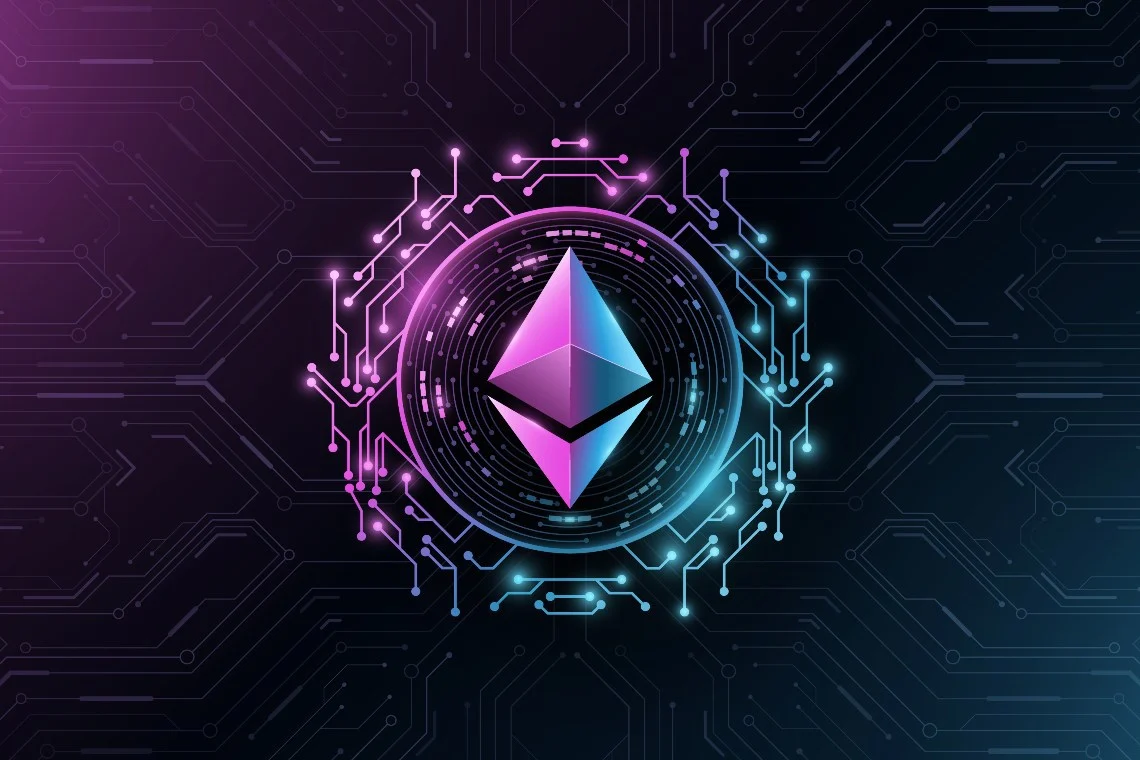|
Getting your Trinity Audio player ready...
|
Polygon, a major player in the blockchain space, has reached a key milestone with the official launch of its highly anticipated transition from MATIC to POL. This shift marks a new chapter for the network and its users, offering a wide array of improvements that enhance scalability, security, and utility. After a year of careful planning and community involvement, POL is now the native gas and staking token across the Polygon Proof-of-Stake (PoS) network, signaling a bold step forward in the blockchain’s evolution.
POL Takes The Reins As Polygon’s New Powerhouse
As of today, all transactions on the Polygon PoS network will be processed using POL, replacing the now-retired MATIC token. This upgrade solidifies Polygon’s ambition to evolve into an aggregator layer, or AggLayer, unifying liquidity and network states across multiple blockchains. By facilitating seamless cross-chain operations, Polygon’s AggLayer strategy enhances both interoperability and scalability, positioning the network as a key player in the next generation of decentralized finance (DeFi) and Web3 technologies.
While this upgrade may seem like a simple token swap, it represents a transformative change in the underlying structure of Polygon’s ecosystem. Users of MATIC on Ethereum can make the switch to POL effortlessly via the Polygon Portal Interface, ensuring a 1:1 token migration without any hassle. MATIC holders on Polygon PoS, however, will experience an automatic upgrade, although they’ll need to update the token symbol in their wallet settings to reflect “POL” to avoid display issues.
POL – More Than Just a Token Swap
POL is not merely a renamed version of MATIC; it introduces new capabilities designed to power the entire Polygon network more efficiently. Initially, POL will function as both the gas and staking token, ensuring smooth transactions and network operations. Future phases, pending community approval, will see POL’s role expanded further within the AggLayer ecosystem, allowing it to power even more applications and aggregated blockchains.
One of the standout features of this upgrade is the improved tokenomics of POL. The new emission model adds a 2% inflation rate over the next decade, ensuring the network remains secure and sustainable. Half of this newly minted supply will go directly to the network’s PoS staking contract, rewarding validators for securing the blockchain. The other half will be deposited into a community treasury, earmarked for development and ecosystem growth, fostering innovation through decentralized governance.
Also Read: Polygon’s MATIC to POL Transition – A 2% Inflation Boost for Stakers and Validators
A Path to a Decentralized Future
The transition from MATIC to POL represents Polygon’s commitment to long-term growth and decentralization. The launch of POL as the native token not only enhances the network’s scalability but also strengthens its position as a leading player in the ever-evolving blockchain space. With POL’s new utilities, users can look forward to a more secure, efficient, and connected ecosystem.
As Polygon continues to roll out this upgrade, the network’s journey toward becoming a true AggLayer is just beginning, with more enhancements expected to come. Whether you’re a developer, investor, or user, Polygon’s future with POL is brighter than ever.
Disclaimer: The information in this article is for general purposes only and does not constitute financial advice. The author’s views are personal and may not reflect the views of Chain Affairs. Before making any investment decisions, you should always conduct your own research. Chain Affairs is not responsible for any financial losses.
I’m your translator between the financial Old World and the new frontier of crypto. After a career demystifying economics and markets, I enjoy elucidating crypto – from investment risks to earth-shaking potential. Let’s explore!




